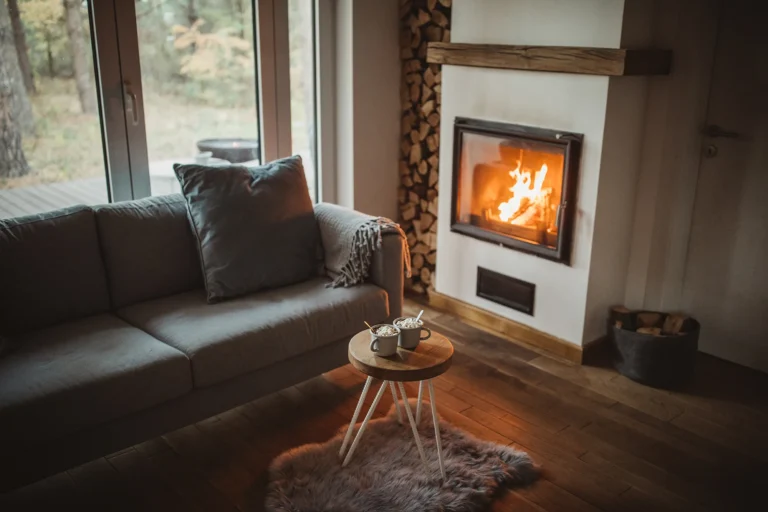As the winter season draws near, maintaining a warm and comfortable atmosphere within your home becomes paramount. However, with the rising costs of heating and energy bills, it can be challenging to maintain a comfortable temperature without breaking the bank. Thankfully, there are numerous affordable and efficient techniques to ensure your home remains warm during the winter months.
By adopting these straightforward approaches, you can minimize your heating expenses while still relishing a cozy living environment. This article will explore seven methods to help you keep your home warm without burning a hole in your pocket.
1. Install Weatherstripping
Weatherstripping involves sealing the gaps and cracks around doors and windows to prevent cold air from entering and warm air from escaping. According to CNET, when you seal up the doors and windows in your home to prevent air leaks, you’re making your home more energy-efficient.
It means your home will require less energy to maintain a comfortable temperature, which can result in lower heating and cooling costs. Therefore, taking steps to seal up air leaks in your home effectively improves your home’s energy efficiency and reduces overall energy costs.
Weatherstripping materials are easily available at hardware stores and come in different varieties, such as adhesive-backed foam, door sweeps, and V-strips. Installing weatherstripping is a simple DIY project that requires only a few basic tools and can be completed in a few hours.
2. Use Draft Stoppers
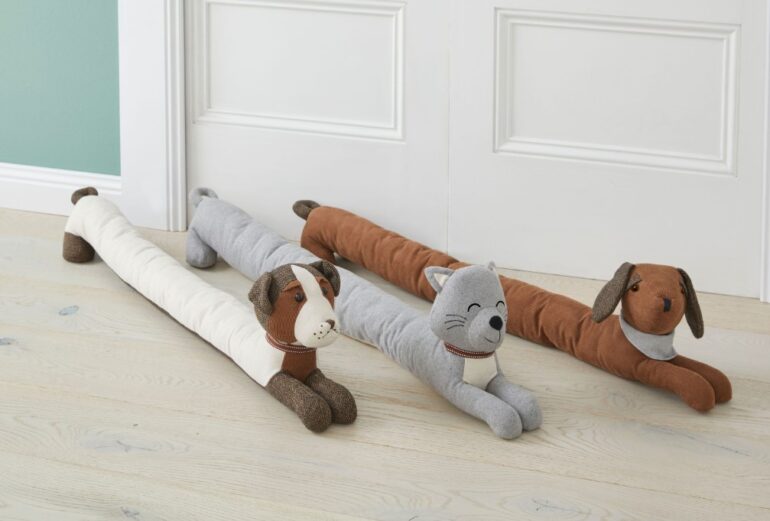
Draft stoppers are designed to block the gaps at the bottom of doors, where cold air can seep into your home. Reducing drafts by sealing air leaks can lead to significant energy savings. According to the Office of Energy Efficiency and Renewable Energy, sealing air leaks can result in potential energy savings ranging from 5% to 30% per year.
It means that you can potentially reduce your energy bills by a significant amount by taking steps to seal up air leaks in your home.
Draft stoppers come in various shapes and sizes and can be made from several materials, such as foam, fabric, or recycled materials. Placing the draft stopper at the base of your door will create a barrier that prevents cold air from entering your home.
3. Buy Under Area Rug Heated Floor Mat
Under-area rug heated floor mats are designed to be placed under your rugs and can provide gentle, radiant heat that keeps your feet warm and your home comfortable.
According to Cozy Winters, heating under rugs and floor mats is a versatile solution for keeping your home warm and cozy during winter. You can use it in various areas of your home, such as bathrooms, bedrooms, dining rooms, family rooms, kitchens, playrooms, basements, and even that cold room over your garage.
The mat is designed to fit conveniently under most standard-sized rugs and can be easily plugged into a regular electrical outlet.
Under area rug heated floor mats come in various sizes and shapes and are available in plug-in and wireless options. They are energy-efficient and can help you reduce heating costs while keeping your home warm and cozy.
4. Seal Air Leaks
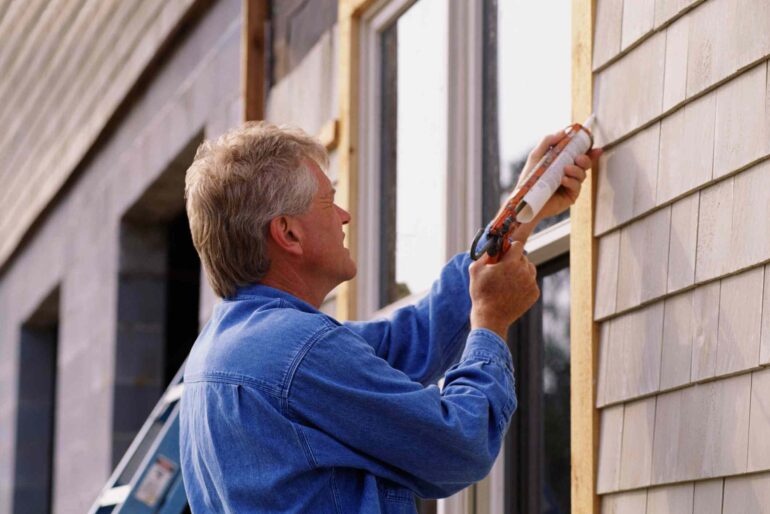
Drafts can arise from several areas, including windows, doors, electrical outlets, and ventilation systems. Sealing these gaps is a practical and effective method for maintaining warmth within your home during the winter season.
You can use various materials to seal air leaks, such as caulking, weatherstripping, and foam insulation. Caulking is best used for sealing gaps around windows and doors while weatherstripping can seal gaps around doors and window frames. Foam insulation best fits larger gaps around electrical outlets and ventilation systems.
Sealing air leaks in your home keeps your home warm and comfortable and also helps reduce your energy bills. It’s a simple and effective way to make your home more energy-efficient and can be done easily and quickly using materials readily available at most hardware stores.
5. Insulate Your Home
By preventing the entry of cold air and retaining warm air, insulation assists in preserving a warm and pleasant environment within your home. Thus, insulating your residence can minimize heating expenses while providing comfort and coziness.
According to data from Business Wire, the global home insulation market is expected to reach $44.69 billion by 2030. It is a clear indication of the growing importance of insulation.
Many insulation materials are available, including spray foam, cellulose, and fiberglass. Among them, fiberglass is the most frequently used and is relatively inexpensive. For those seeking an eco-friendly alternative, cellulose insulation, produced from recycled materials, is a viable option.
Conversely, spray foam insulation is the most costly alternative, but it provides the highest level of insulation and can help reduce your energy bills significantly.
6. Use Space Heaters
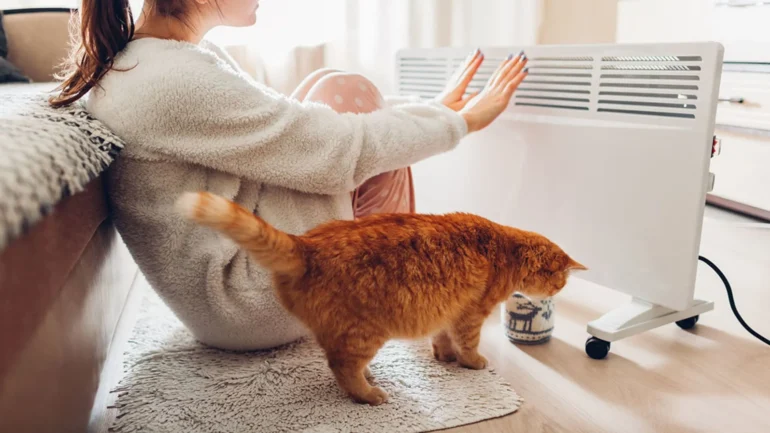
They are portable and can be moved from room to room, making them an efficient and cost-effective way to heat specific areas of your home.
Selecting the appropriate size and type of space heater is crucial when utilizing them. Electric space heaters are the most prevalent, available in multiple sizes and designs, and simple to operate, as they can be connected to any electrical outlet. Propane and natural gas heaters are also available, but they require a fuel source and should only be used in well-ventilated areas.
Using space heaters cautiously and meticulously adhering to the manufacturer’s guidelines is paramount. Keep them at a safe distance from combustible materials, such as furniture and curtains, and never leave them unsupervised. Furthermore, it is not advisable to use an extension cord with a space heater as it may create a fire hazard.
7. Use Curtains Strategically
Curtains are a decorative element in your home and can also help keep your home warm during winter. By using curtains strategically, you can prevent heat loss and keep your home insulated.
Thick curtains made from materials like velvet or wool can act as a barrier and prevent cold air from entering your home. They also help trap warm air inside, keeping your home cozy. Closing curtains at night can help prevent heat loss through your windows. It is important to have older windows that may not be well insulated.
Using curtains strategically is a cost-effective way to keep your home warm during winter. Making small adjustments to how you use curtains in your home can reduce heat loss and keep your home cozy without breaking the bank.
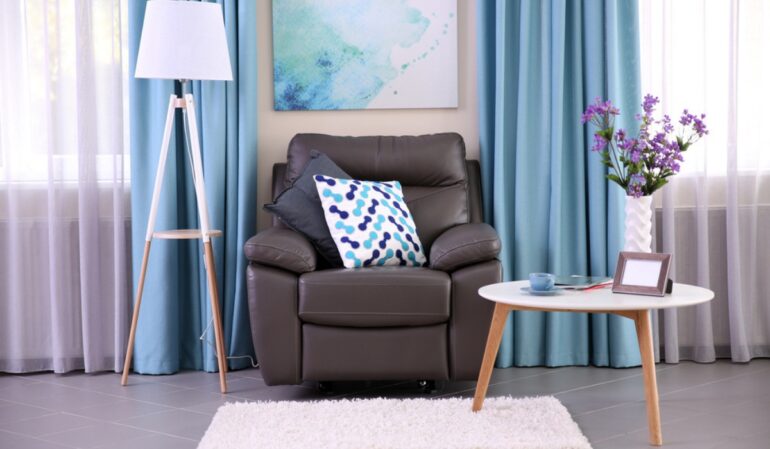
With a Few Measures, You Can Keep Your Home Warm and Comfortable
Keeping your home warm during winter doesn’t have to be an expensive endeavor. Implementing these seven effective and pocket-friendly ways ensures your home stays cozy and comfortable without breaking the bank.
Remember, staying warm is not just about comfort but also about maintaining good health. By taking proactive steps to keep your home warm, you can avoid health problems caused by exposure to cold temperatures. Try these effective and pocket-friendly tips to keep your home warm this winter and enjoy a cozy and comfortable living space.

